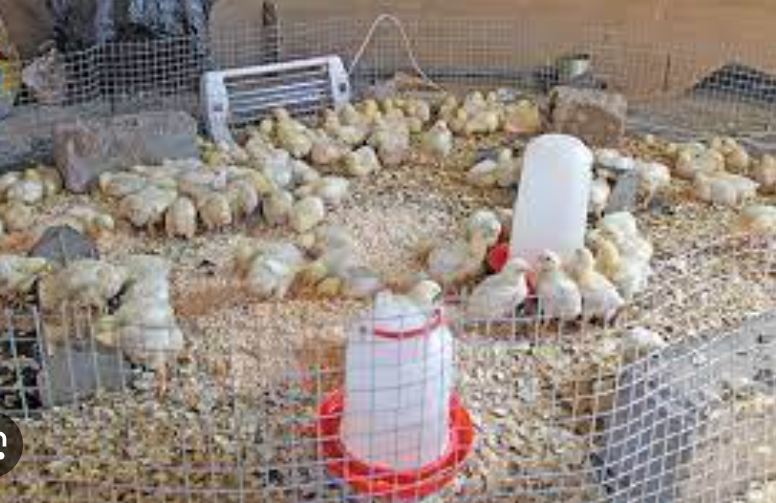Scaling up a poultry broiler business requires careful planning, strategic decision-making, and effective management. Explore sustaining pedigree stock in poultry and types of chicken feed every poultry farmer should know.
Scaling up a poultry broiler business
Here
are some steps to consider when scaling up your poultry broiler business:
Evaluate Market
Demand
Conduct
a thorough market analysis to assess the demand for poultry meat in your target
market. Determine if there is sufficient demand to support the expansion of
your broiler business. Consider factors such as population size, consumer
preferences, and competition.
Business Plan and
Financial Analysis
Develop
a comprehensive business plan that outlines your goals, strategies, and
financial projections for the scaled-up operation. Conduct a financial analysis
to ensure the viability and profitability of the expansion. Include costs for
infrastructure, equipment, feed, labor, and other operational expenses.
Infrastructure and
Facilities
Assess your existing infrastructure and
determine if it can accommodate the increased capacity. If necessary, expand or
upgrade your facilities to accommodate more broilers. Ensure that the housing,
ventilation, lighting, and biosecurity measures are optimized for the increased
scale.
Equipment and
Technology
Evaluate
your equipment needs and invest in modern and efficient machinery to improve
productivity and streamline operations. This may include automatic feeders,
waterers, temperature control systems, and ventilation equipment.
Procurement and
Supply Chain
Secure a reliable supply chain for inputs such
as high-quality day-old chicks, feed, medications, and other necessary
supplies. Develop relationships with reputable suppliers and negotiate
favorable pricing and terms.
Staffing and Training
Assess
your workforce needs and hire qualified personnel to handle the increased
workload. Provide proper training and ongoing education to ensure that your
employees are skilled in poultry management, biosecurity practices, and animal
welfare.
Health Management and
Biosecurity
Establish
and implement strict biosecurity protocols to minimize the risk of disease outbreaks.
Work closely with a veterinarian to develop a robust health management plan,
including vaccination schedules, disease monitoring, and proper medication
administration.
Marketing and
Distribution
Review your marketing strategy and adjust it to
reflect the increased production. Explore various marketing channels to reach
your target customers, such as wholesalers, retailers, restaurants, or direct
sales. Ensure that your distribution logistics can handle the increased volume
efficiently.
Risk Management
Identify
potential risks and develop contingency plans to mitigate them. This may
include risks related to disease outbreaks, market fluctuations, feed price
volatility, or adverse weather conditions. Have insurance coverage for your
assets and consider diversifying your market channels to reduce dependence on a
single customer segment.
Monitor and Evaluate
Continuously monitor and evaluate the
performance of your scaled-up broiler business. Regularly review key
performance indicators such as feed conversion ratio, average daily gain,
mortality rate, and profitability. Use this data to identify areas for
improvement and make informed decisions to optimize your operations.
Remember
that scaling up a poultry broiler business requires careful planning, adequate
resources, and an understanding of the market dynamics. It's advisable to seek
guidance from industry experts, consultants, or agricultural extension services
to ensure that your expansion plans align with best practices and regulatory
requirements.





0 Comments